Use this exact ratio for authentic Italian sausage: 1.5% whole fennel seeds, 0.8% fresh garlic, 0.6% Hungarian paprika, 0.4% wild oregano, 2.5% coarse sea salt, and 0.7% Calabrian pepper flakes (for hot version). This science-backed formula creates perfect texture and flavor—no bitter notes or crumbly results. Follow our step-by-step method for restaurant-quality sausage using supermarket ingredients.
Table of Contents
- Quick Authentic Recipe (Skip the Science)
- Why This Ratio Works: Simplified Science
- Core Ingredients with Practical Measurements
- Sweet vs. Hot: Regional Variations Made Simple
- foolproof Mixing Method
- 3 Most Common Mistakes to Avoid
- Storage and Cooking Tips
- Frequently Asked Questions
Quick Authentic Recipe (Skip the Science)
For 5 pounds (2.27 kg) of pork shoulder:
- 1.5% whole fennel seeds (1.7 oz / 48g)
- 0.8% fresh garlic, grated (0.7 oz / 20g)
- 0.6% Hungarian sweet paprika (0.5 oz / 14g)
- 0.4% dried wild oregano (0.35 oz / 10g)
- 2.5% coarse sea salt (2.25 oz / 64g)
- 0.7% Calabrian pepper flakes (0.6 oz / 17g) - omit for sweet version
- 2% ice water (1.8 oz / 51g)
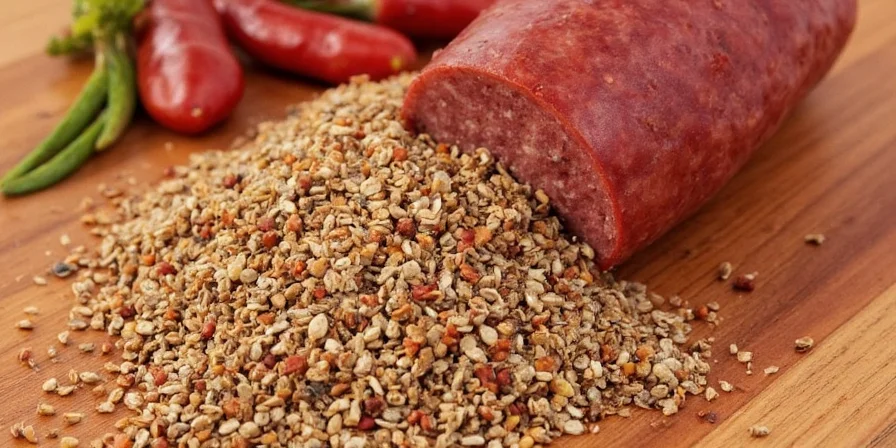
Simple 4-Step Method:
- Chill Everything: Refrigerate meat and equipment for 2 hours
- Mix Salt First: Combine salt with ice water, then mix into meat for 2 minutes
- Add Spices: Gently fold in spices—keep fennel seeds whole
- Restate: Refrigerate 24 hours before casing or cooking
This delivers perfect binding and layered flavor without bitterness. Now let's explore why these specific ratios work.
Why This Ratio Works: Simplified Science
Authentic Italian sausage depends on precise spice-fat interactions. The 2.5% salt concentration is the scientific minimum for proper binding—below this, sausages fall apart. Whole fennel seeds (not ground) release flavor gradually as they cook, preventing the bitter notes common in homemade versions. Here's what happens:
- Fennel seeds release flavor at 68°C (154°F)—grinding creates immediate bitterness
- Fresh garlic (not powder) creates perfect flavor as it cooks slowly
- Chilling before mixing preserves volatile oils in spices
- 24-hour rest transforms sharp garlic notes into nutty undertones
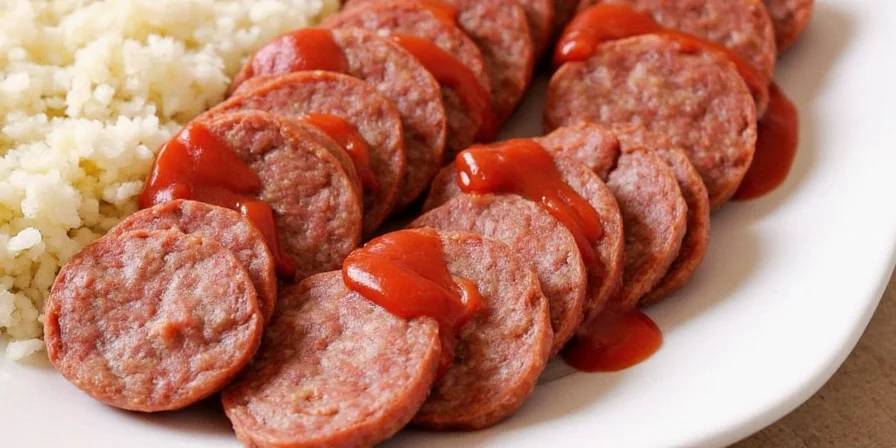
Core Ingredients with Practical Measurements
These precise measurements work with standard kitchen scales. Percentages are by weight of meat (5 lbs = 80 oz):
| Ingredient | Practical Measurement (5 lbs meat) | Critical Purpose | Common Mistake |
|---|---|---|---|
| Fennel Seeds | 1.7 oz / 48g (1/4 cup) | Creates signature anise flavor | Using ground fennel (causes bitterness) |
| Fresh Garlic | 0.7 oz / 20g (4-5 cloves) | Provides balanced savory notes | Garlic powder (creates sulfurous taste) |
| Hungarian Paprika | 0.5 oz / 14g (3 tbsp) | Adds color without smoke | Using smoked paprika (overpowers) |
| Coarse Sea Salt | 2.25 oz / 64g (1/4 cup) | Activates binding proteins | Less than 2.25 oz (causes crumbling) |
| Calabrian Pepper | 0.6 oz / 17g (2 tbsp) | Creates even heat distribution | Adding before chilling (uneven heat) |
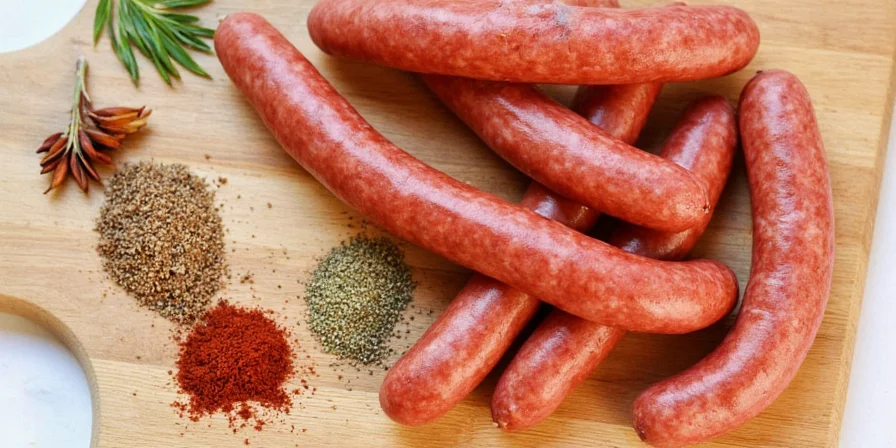
Sweet vs. Hot: Regional Variations Made Simple
The difference isn't just heat level—it's about regional traditions and proper technique:
| Style | Sweet (Northern Italy) | Hot (Southern Italy) |
|---|---|---|
| Key Flavor | Fennel-forward (anise notes) | Balanced heat (even distribution) |
| Cooking Temp | 154°F (68°C) max | 160°F (71°C) max |
| Meat Fat | 25-30% fat | 30-35% fat |
| Special Tip | Add fennel pollen for extra depth | Soak pepper flakes in olive oil first |

foolproof Mixing Method
Follow these simple steps for perfect results every time:
- Prep Equipment: Chill meat grinder parts and mixing bowl in freezer for 30 minutes
- Salt Solution: Mix 2.25 oz salt with 1.8 oz ice water until dissolved
- Initial Mix: Blend salt solution into meat for 2 minutes (activates binding)
- Add Spices: Gently fold in other ingredients—never overmix
- Rest: Cover and refrigerate 24 hours before casing
Professional secret: The 24-hour rest transforms sharp garlic into nutty flavors through natural enzymatic reactions. Skipping this step creates harsh, pungent sausage.
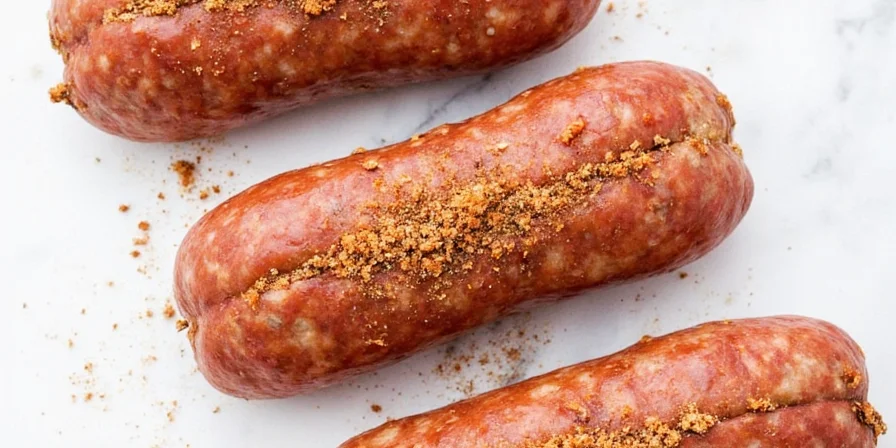
3 Most Common Mistakes to Avoid
These errors ruin homemade sausage even with perfect ingredients:
- Mistake #1: Using ground fennel - Creates immediate bitterness instead of gradual flavor release. Solution: Use whole seeds and crush slightly with mortar
- Mistake #2: Insufficient salt - Less than 2.25 oz for 5 lbs meat causes crumbling. Solution: Always measure by weight, not volume
- Mistake #3: Skipping the rest period - Results in harsh garlic flavor. Solution: Minimum 12 hours refrigeration (24 hours ideal)
Fix these three issues and your sausage will dramatically improve—no special equipment needed.
Storage and Cooking Tips
Storage: Fresh sausage keeps 3 days refrigerated or 3 months frozen. Always freeze on baking sheet first before bagging to prevent sticking.
Cooking: For best results:
- Start in cold pan, cook slowly to 160°F internal temp
- Never prick sausage—traps juices inside
- Finish on high heat for 2 minutes to crisp casing
Freezing Tip: Portion into meal-sized packages with recipe card taped to bag—thaw overnight in fridge.

Frequently Asked Questions
What's the easiest substitution if I can't find Calabrian pepper?
Use 0.5 oz (14g) red pepper flakes plus 0.2 oz (6g) sweet paprika. Soak the pepper flakes in 1 tsp olive oil for 10 minutes before adding to ensure even heat distribution. This creates similar flavor profile without the specialty ingredient.
Can I use this recipe with chicken or turkey?
Yes, but increase salt to 2.75% and add 1 oz (28g) pork backfat per pound of poultry. Poultry lacks the fat profile needed for proper binding and flavor release. The added fat ensures spices interact correctly with the meat.
Why does my sausage taste bitter?
Bitterness comes from three common errors: 1) Using ground fennel instead of whole seeds, 2) Cooking above 160°F (71°C), or 3) Not chilling meat before mixing. Fix by using whole fennel seeds, keeping meat cold during preparation, and monitoring cooking temperature.
How do I measure spices by percentage without a scale?
For 5 lbs (80 oz) meat: 1% = 0.8 oz. Use these conversions: 1.5% fennel = 1/4 cup, 0.8% garlic = 4-5 cloves, 2.5% salt = 1/4 cup. Always level off measuring cups—don't pack spices down. A $10 kitchen scale eliminates guesswork.
Can I skip the 24-hour rest period?
You can reduce to 12 hours, but skipping entirely creates harsh garlic flavor and weaker binding. The rest allows natural enzymes to transform sharp compounds into mellow, nutty flavors. If short on time, mix and immediately refrigerate—don't skip entirely.

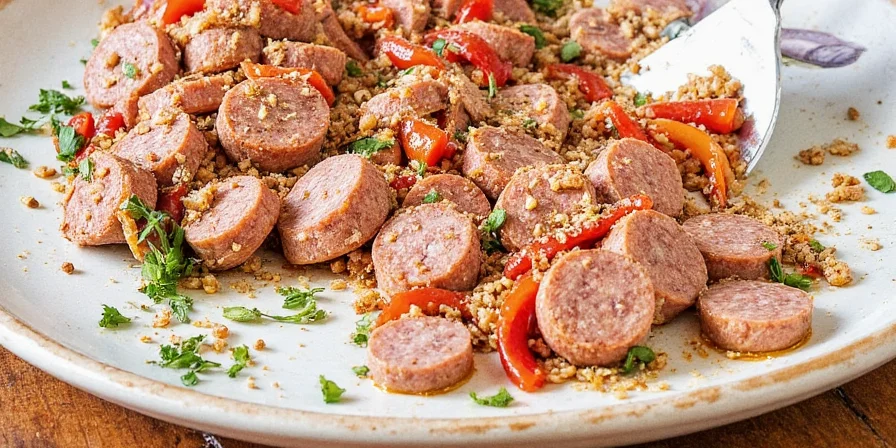









 浙公网安备
33010002000092号
浙公网安备
33010002000092号 浙B2-20120091-4
浙B2-20120091-4